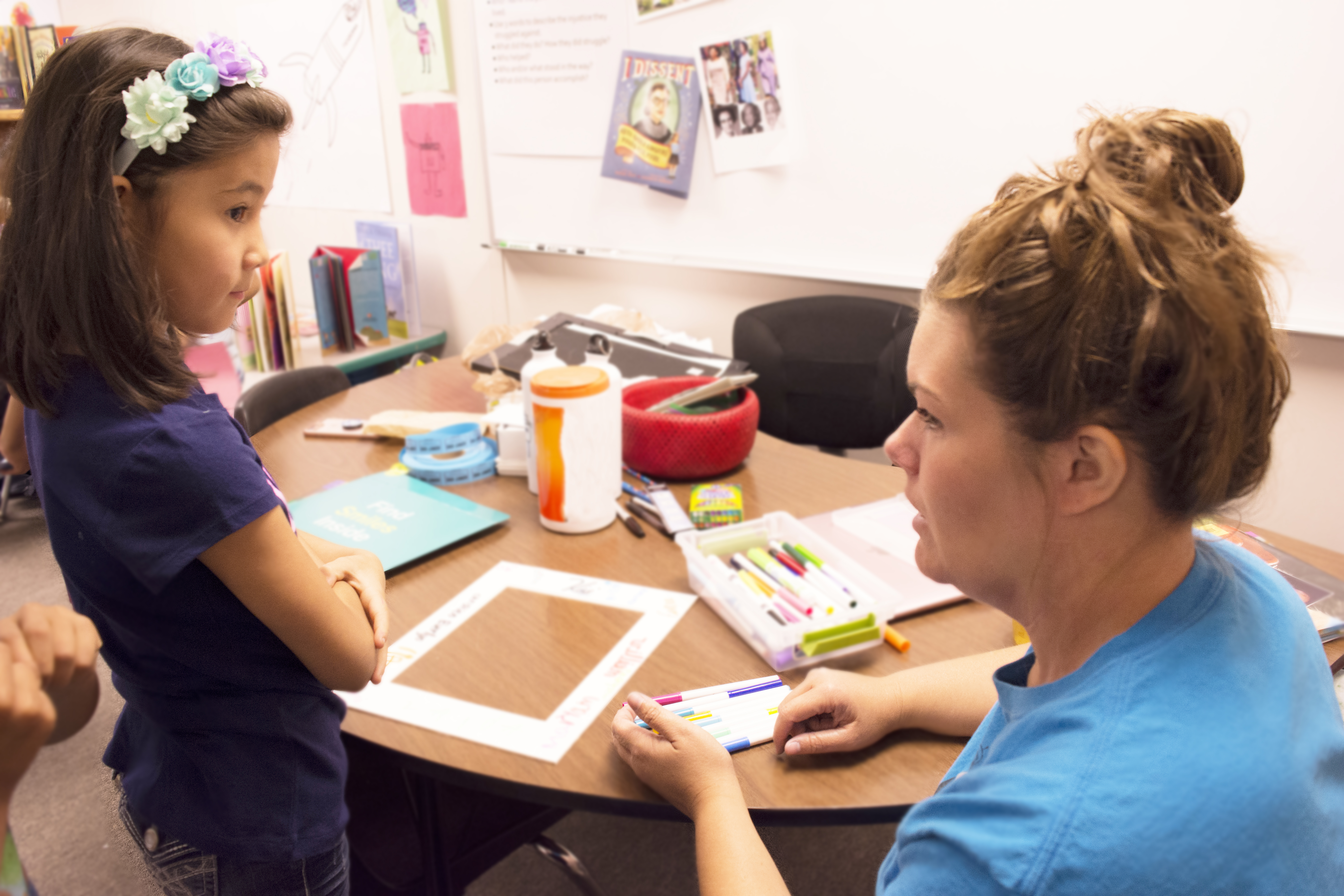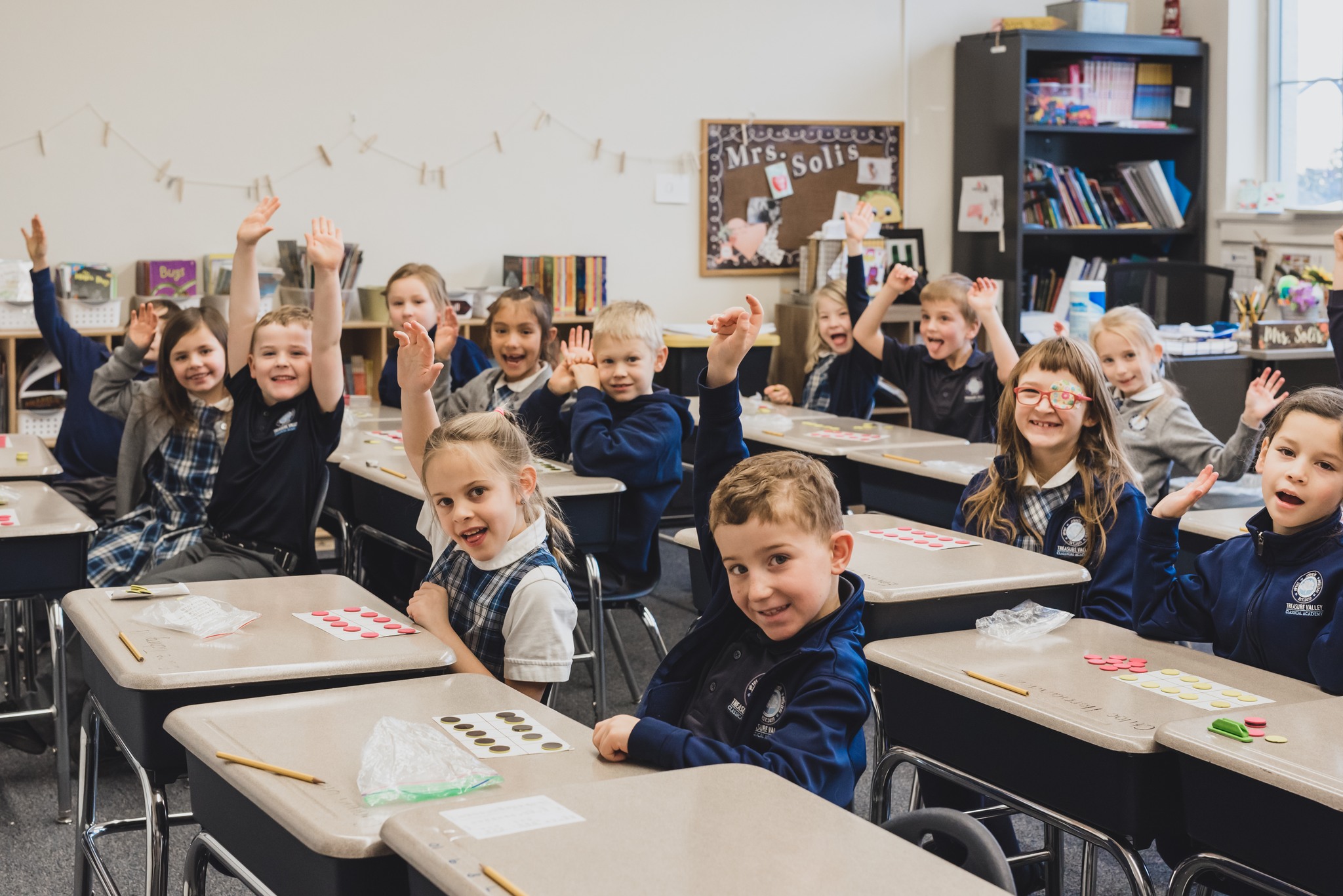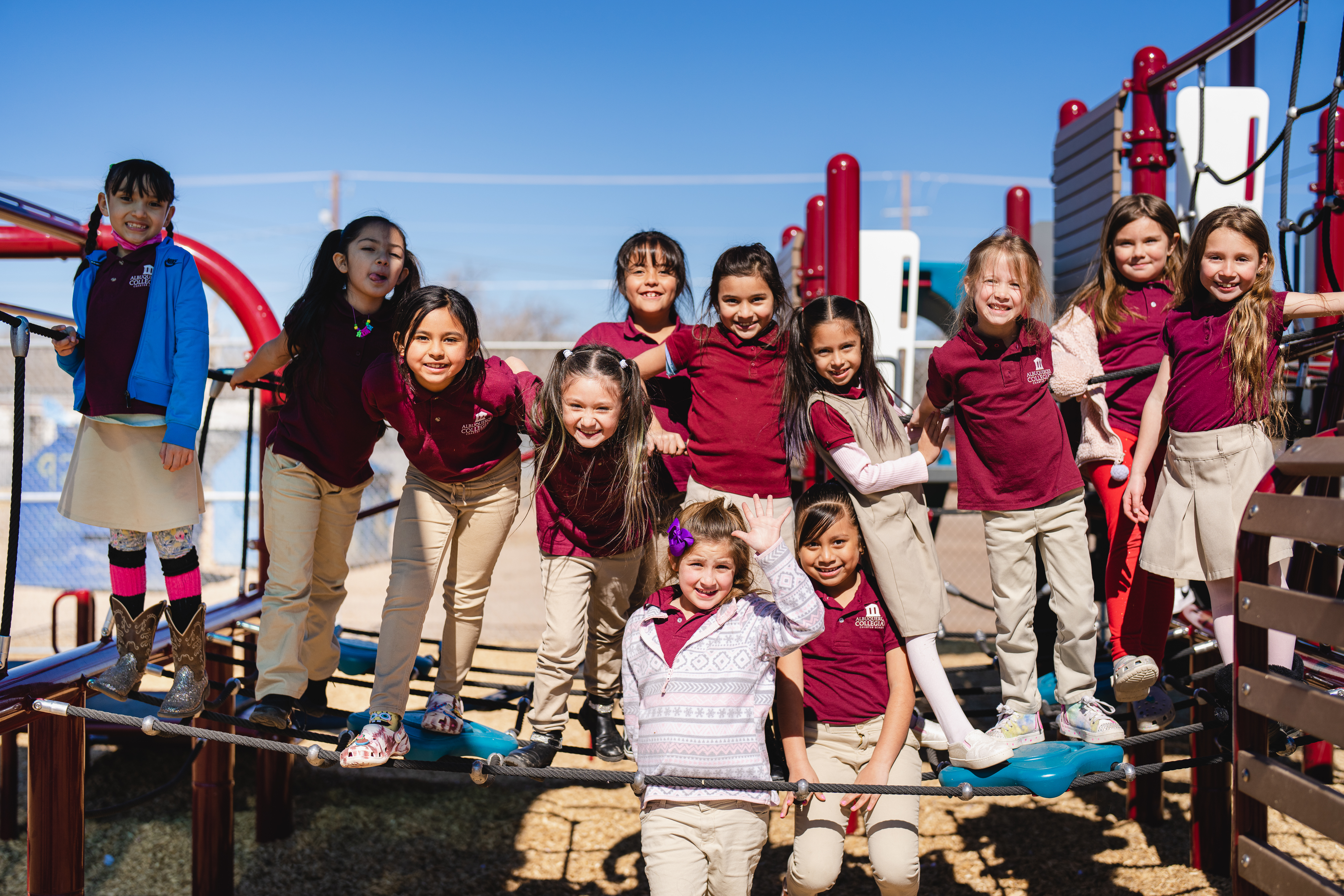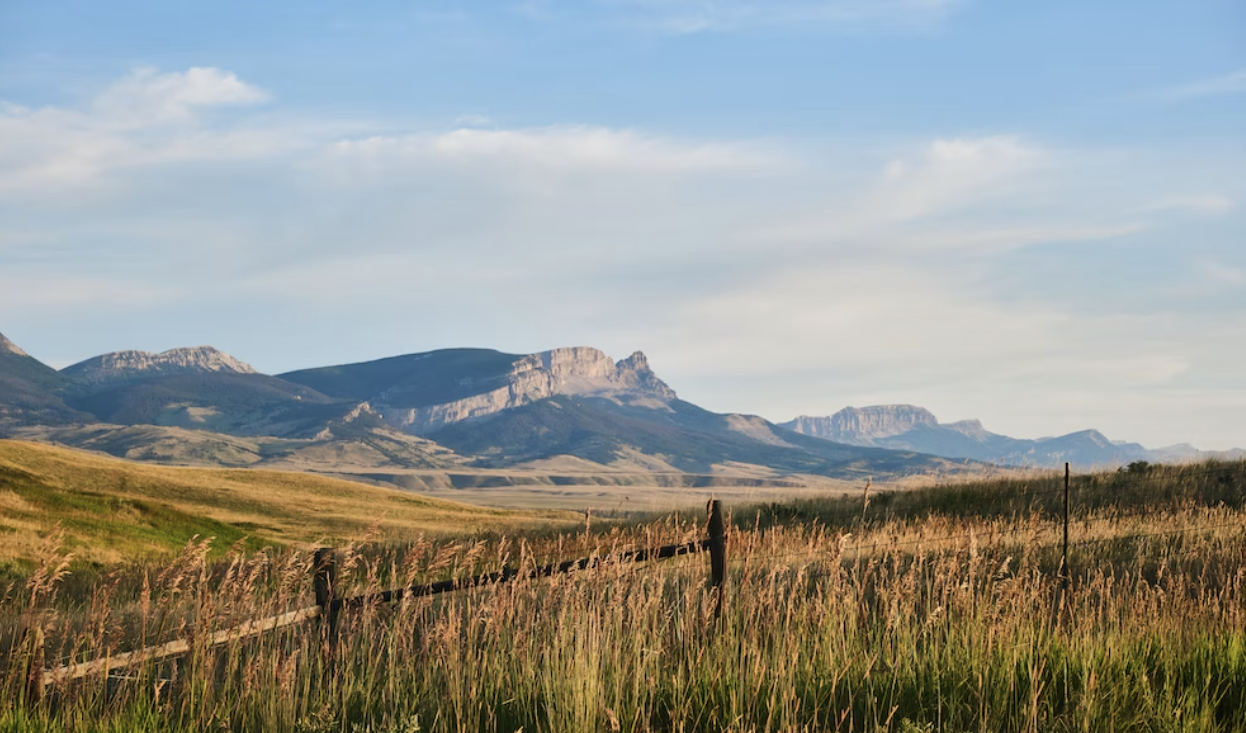
Rocket to the Moon: Fellows Prepare for New School Launch
by Kristen McCarver
It was a scene one would expect to witness at any summer program in America; students sat cross-legged on the floor of a classroom in a circle, anxiously waiting to be informed of the day’s agenda. But this was no ordinary day, and no summer ordinary program. This was Rocket to the Moon, a 4-week pilot developed by the founders of Future Public School, designed to test their educational model before they roll it out full-scale in the fall of 2018.
The newly-chartered Future Public School is the creation of Amanda Cox and Brad Petersen, the 2016 Idaho New School Fellows. Hours of travel, research, networking, planning, and passion have yielded a school model as unique as the Garden City community it aims to serve. A partnership between the New Schools Venture Fund and 4.0 Schools allowed them the opportunity to test this model and see it work on a small scale.
Not all new schools have the opportunity to run a pilot, so we were curious to see what the Fellows learned from their experience. The pilot offered all of the things that Future will offer: a strong STEM curriculum, writing, Spanish language immersion, community field trips, and free meals and transportation for students. These last two were key factors for the kids who attended the pilot, 86% of which qualify for free or reduced-price lunch, since transportation access and food security are economic barriers to school choice for families who have lower household incomes.
Woven within the strong academic foundation are the human themes of identity, diversity, equity, and action. During our visit, it was clear that these themes helped the students feel heard, seen, and included, which in turn created an environment that was respectful, curious, and joyful. We sat down with Brad and Amanda to learn more about the impact of their pilot program:
What inspired you to create Rocket to the Moon?
“Rocket to the Moon was inspired by the success of the after-school program we ran in partnership with the Boys and Girls Club. We had such a great experience that we wanted to see how we could serve more students.”
What was the biggest takeaway from camp, for you, as school leaders?
“It just affirmed how much is possible. We only had 20 days with these kids, and through the books we read together and the conversations they started, we could see the kids building confidence, new friendships, and a deeper understanding of the community around them.”
How did this pilot affect your plans for the school?
“Seeing the results of this pilot really made us more committed and reaffirmed the work we are doing. It was critical to be able to experience the design and launch on a small scale and have the environment to fine tune as much as possible, from operations and budgeting, to program design and recruitment. It helped us understand the how the recruitment process is really tied to building face-to-face relationships within the community.”
Did you expect to receive the kind of community engagement that you did?
“We expected to have a great time with a small group and do some intense learning. We were taken aback by the level of excitement. Once word got out, everyone’s friend, or cousin, or family member wanted to come too. The level of engagement exceeded our expectations. We had planned to have 20 campers, and ended up with 36.”
What surprised you the most?
“The amount of growth and gains that can be achieved in such a short amount of time. 78.5% of kids increased their grit.* To see that kind of growth was amazing.”
“How much relationships matter. In the community, in building our team, the relationships formed between the kids and how we really created our own “camp community.” Relationships are key.
“Joy is the key ingredient to kids being engaged in learning.”
Why is diversity and inclusion so important to your model?
“Diversity is the mix, and inclusion is making the mix work. Without proximity to people who are different from us, it’s hard to understand different perspectives and experiences. Including students of all ages, socioeconomic status, ethnicities and geographic locations creates the opportunity to build empathy and understanding.”
William, a 5th grader, explains this well: “Respecting the differences between people and how they are different is diversity. I think it is a good idea to have a diverse school so they get to learn about more people and their religions, and if they speak a different language.”
Brad and Amanda will soon break ground for Future Public School’s new facility in Garden City. To learn more, visit futurepublicschool.org
—
Have something to say? Find us on Facebook and Twitter to join the conversation!




